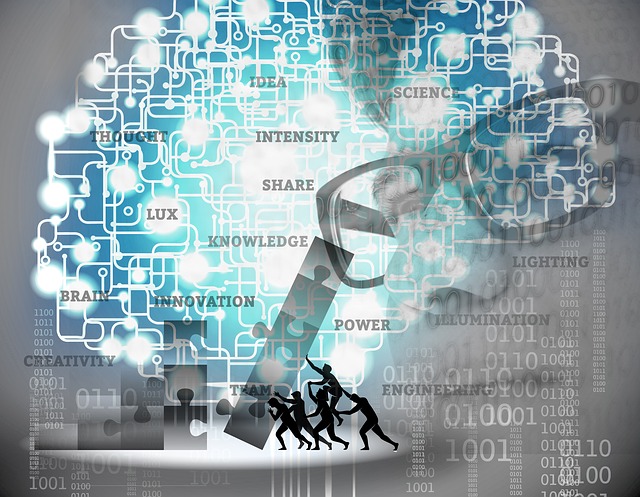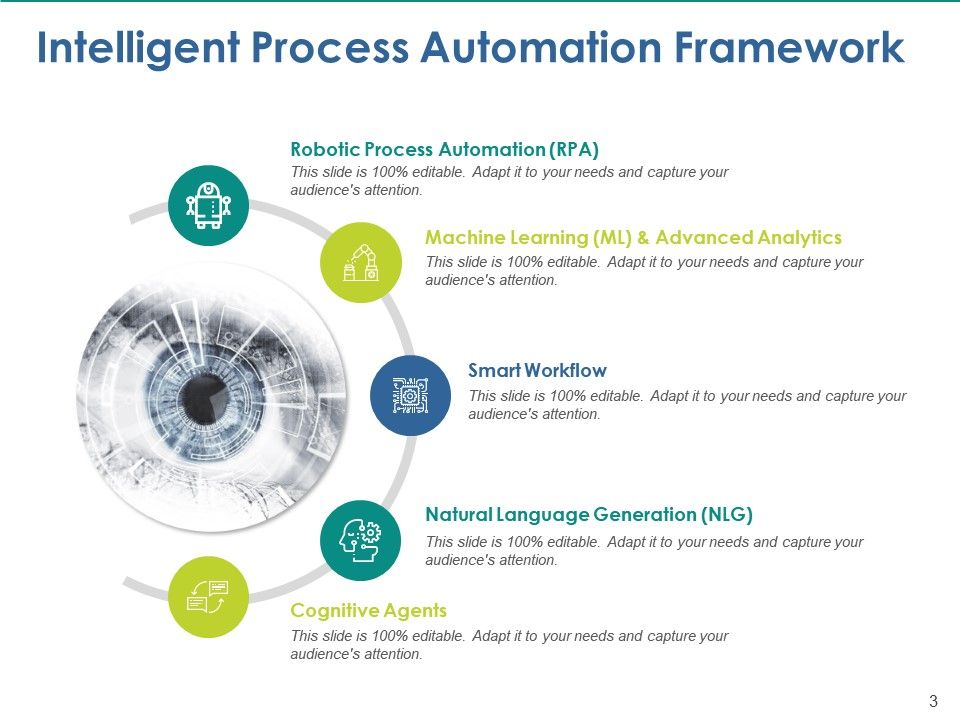Difference Between RPA and IPA
There are a plethora of techniques used and available to automate steps and processes in an organization where software systems are being used to perform specific tasks. Programmers have been using these techniques for years to increase efficient and improve productivity in enterprises. Robotic Process Automation or RPA is one such automation technology that brings automaton to business processes within an organization by emulating human actions and behavior. RPA minimizes the burden for employees so that they could focus on other high-priority tasks rather than brainstorming on manual, repetitive tasks. Intelligent Process Automation is the next-generation of RPA that brings innovative, new technologies to the mix to automate processes more efficiently and more reliably.

What is Robotic Process Automation (RPA)?
Besides being a rapidly growing software technology and one of the hottest topics among the venture capitalists circle, RPA can be a slippery term which is still not fully understood as a tool. Well, the word “robot” does not refer to a physical robot – instead, RPA is a software-based robot (or bot) that is capable of automating human actions or behavior in the workplace, generally for administrative functions. So, robotic process automation, or RPA, refers to a set of automated tools that help enterprises or businesses automate processes by mimicking human actions on computers, with little or no human assistance. RPA tools are designed to minimize the burden for workers of mundane, repetitive tasks. Today, RPA has matured beyond doing just repetitive tasks, and is regarded as a transformational technology that can bring significant value to the organizations adopting it. In simple terms, RPA allows you to configure your own software robots to automate any business process.

What is Intelligent Process Automation (IPA)?
IPA, short for Intelligent Process Automation, refers to a set of innovative, new technologies including RPA, AI and Machine Learning that enable businesses to automate processes by removing repetitive, monotonous and routine tasks from the equation. IPA is a broader aspect of RPA that combines fundamental process redesign with RPA and machine learning. By combining RPA with AI technologies, IPA helps organizations automate back-end processes, which have up to now been mostly manual and less efficient. Intelligent RPA makes these routine tasks quicker, more reliable and more efficient, reducing human error. It also makes it easier to scale resources that would have been used somewhere else by activating additional bots. It substantially augments the workforce with a team of software robots that not only mimic human actions, but also learn to do them even better than humans with time. The intelligent process automation augments the traditional rule-based automation with decision-making capabilities to deliver results with utmost efficiency.
Difference between RPA and IPA
Definition
– Robotic process automation, or RPA, refers to a set of automated tools that help enterprises or businesses automate processes by mimicking human actions on computers, with little or no human assistance. RPA tools are designed to minimize the burden for workers of mundane, repetitive tasks. Intelligent Process Automation (IPA), also known as intelligent automation, covers a larger scope of work than RPA – it augments the traditional rule-based automation with decision-making capabilities to deliver results with utmost efficiency. IPA is the combination of RPA and AI technologies to handle more complex processes rather than just automating routine tasks.
Simplicity
– RPA helps automate high volume processes for which people were formerly responsible, and the best part, it does not need any prior programming knowledge. Most platforms provide flowchart based designs which make it easy to automate business processes, thereby leaving the IT professionals relatively free to carry out other high priority tasks. Intelligent RPA, on the other hand, makes these processes quicker, more reliable and more efficient, and also bringing a measure of decision making to the process to meet challenging demands.
Scalability
– RPA is an evolving technology that combines keystrokes automation with business rules and AI to automate manual, repetitive tasks that do not require significant decision-making. Even if the business process requires an increase or reduction in the virtual workforce, software robots can be quickly deployed at zero or minimum costs without compromising the quality of work. In addition, you can also expand the scope of usage by bringing RPA solutions to other parts of the business. Intelligent process automation makes it easier to scale resources to meet challenging demands by activating additional bots.
Technologies
– RPA evolved from three primary technologies: screen scrapping, workflow automation, and AI. Businesses are now using RPA along with AI technologies to help automate back end business processes, the processes that have up to now been mostly manual and thus slower, less accurate and less efficient. RPA and AI are the major components in this business automation ecosystem that includes scripting tools, process automation tools and artificial intelligence tools. IPA, on the other hand, brings some innovative, new technologies to RPA, technologies like Natural Language Processing (NLP), Machine Learning, Data Extraction, and AI.
RPA vs. IPA: Comparison Chart

Summary
RPA is being widely adopted across various industries, such as business process outsourcing (BPO), insurance sector, financial sector, utility companies, healthcare and more. RPA provides you with tools to create your own software robots to automate any business process. These bots are configurable software designed to perform the tasks you assign and control. These bots are like a digital workforce – show them what to do, then let them do the work. RPA tools utilize the user interface to capture data and manipulate applications just like humans do. IPA makes these processes quicker, more reliable and more efficient, reducing human error and freeing up humans for other more complex tasks.
- Difference Between Caucus and Primary - June 18, 2024
- Difference Between PPO and POS - May 30, 2024
- Difference Between RFID and NFC - May 28, 2024
Search DifferenceBetween.net :
2 Comments
Leave a Response
References :
[0]Taulli, Tom. The Robotic Process Automation Handbook: A Guide to Implementing RPA Systems. New York, United States: Apress, 2020. Print
[1]Tripathi, Alok Mani. Learning Robotic Process Automation: Create Software Robots and Automate Business Processes with the Leading RPA Tool – UiPath. Birmingham, United Kingdom: Packt Publishing, 2018. Print
[2]Haq, Rashed. Enterprise Artificial Intelligence Transformation. New Jersey, United States: John Wiley & Sons, 2020. Print
[3]Asatiani, Aleksandre et al. Business Process Management: Blockchain and Robotic Process Automation Forum: BPM 2020 Blockchain and RPA Forum, Seville, Spain, September 13-18, 2020, Proceedings. Berlin, Germany: Springer, 2020. Print
[4]Image credit: https://pixabay.com/illustrations/automation-engineers-engineering-2710335/
[5]Image credit: https://commons.wikimedia.org/wiki/File:IPA_Framwork.jpg

I appriciate for your efforts to explain the difference between Rpa and Ipa, this is the best way to understand the concept of the those softwares.
I appreciate your blog, I would like to add few point any business or any category of users can automate its day to day manual repetitive task & process which later does not require human intervention. RPA is a software technology that makes it easy to build, deploy, and manage software robots which helps ,continuous performance reduced costs, accountability, scalability and flexibility, enhanced Accuracy etc. RPA is the part of IPA Which set of new technologies like machine learning AI.DMS IT Consulting one of the best organization for RPA for more information-